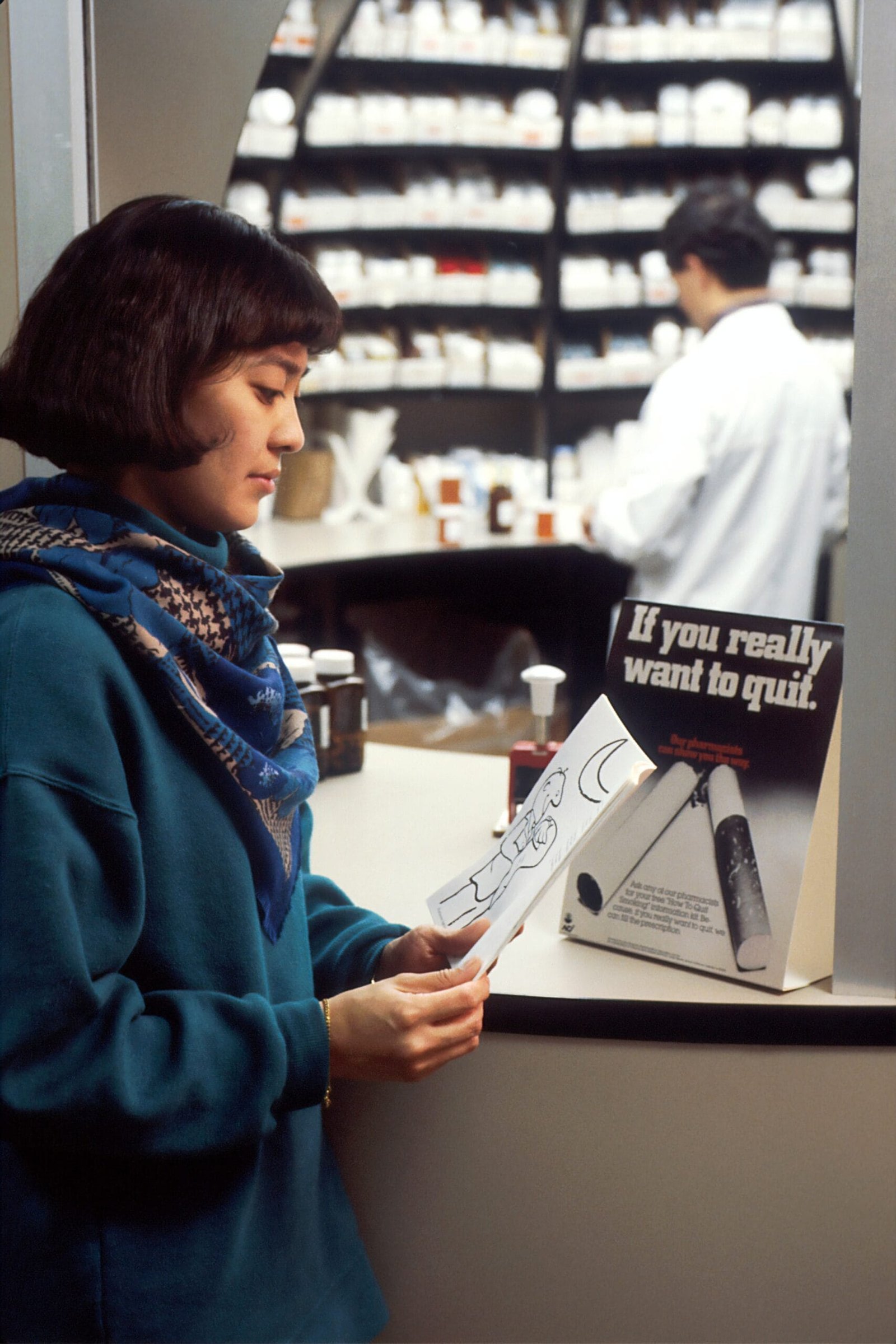
Washington Cities
August 26, 2022
Iowa Cities
August 29, 2022If you are the pharma CMO of a large biopharmaceutical company, you should be familiar with the Opened Door concept and how it can protect your brand. This concept is based on the principle that no one should be able to access confidential data, including patient data. The CMO’s responsibility is to ensure that all information related to patient data is protected and secure.
This article will discuss the challenges of identifying an opened door firewall between pharma clients and solutions to overcome them. In addition, we’ll present case studies to illustrate how we’ve overcome this problem. Let’s get started. Identify the problem: pharma clients and case studies provide excellent examples to help your organization understand why and how this is occurring. Once you’ve defined the problem, you’ll be able to focus on developing a solution.
Case Studies
Pharma companies can take various steps to protect their sensitive data from cyberattacks. Among these is ensuring that third-party providers don’t have privileged access to corporate data. In addition, it’s important to establish consistent top-management support for information security practices and an effective monitoring system. A case study can be an effective tool for managers to use in managing information security practices within an organization.
In a time of increasing technological advancement, the pharmaceutical industry faces several cybersecurity challenges. As organizations focus on digitization, more data is stored online, making them a larger target. Additionally, many pharma companies use devices that collect data and create a vast digital attack surface. These data are increasingly valuable, making these accessible organizations target hackers. Lastly, cyberattacks can damage brand image, undermine consumer trust, and harm share prices.
Status Inspection Firewalls
While insider threats pose a significant threat to pharma companies, they can be hard to identify, as they can encompass various behaviour and motives. Without a robust security program, these threats can have disastrous consequences. Thankfully, pharma companies have several solutions available to keep them from falling victim.
Privileged Access
The pharmaceutical and biotechnology industries store a tremendous amount of personal health data. To ensure the security of their client data and confidential intellectual property, these firms need to secure their internal systems. Privileged access security is essential for biotech and pharmaceutical companies as their products are often shared with other agencies and clients. A company’s reputation and financial value could be compromised if an attack occurs. Moreover, if privileged access credentials are compromised, a breach could lead to a devastating loss of reputation and financial assets.
In order to secure data, pharma companies need to develop proprietary enriched data sets, secure access to those datasets and adapt their internal governance to allow collaboration. In addition, these firms must identify emerging data generators and define a process for acquiring and sharing the information. Some pharma companies have already started linking RWE datasets with their data, and others are reanalyzing RCT data in parallel with their data.
Human Error
The Human Error in Pharmaceutics (HEP) study identified 91 cases in which the consultation process led to errors. The study included 91 consultations observed by two groups: a consensus group that identified common problems in the consultation process; and an expert group that applied human error theory to these cases. In addition, the two groups conducted paired assessments to categorize the issues. The experts represented clinical pharmacists, health risk managers, and psychologists.
As errors continue to rise, the focus on HER has begun to gain traction in pharmaceutical companies. Although it is still relatively new to the industry, she is gaining boardroom attention. Pharmaceutical companies must develop practical tools to combat this problem. A recent BioPhorum collaboration event brought together 14 leading companies in the biopharmaceutical industry. Its goal is to provide the industry with a unified human error model.
Mergers
While the volume and nature of merger and acquisition activity in the pharmaceutical industry are impressive, the impact of these deals is still poorly understood. The industry is increasingly undergoing a technological revolution that is altering the costs of doing business. These new technologies are increasing competition in the market and pushing companies to seek innovations outside of their core business. As new technologies and regulations are passed, high-volume dealmaking by Big Pharma will become the norm.
The total amount of pharmaceutical mergers from 2013 to 2018 was $438 billion. Moreover, acquirers often target companies with similar patent portfolios, reducing competition in discovering new therapies. As a result, non-merger rivals will have fewer competitors. This means that mergers and acquisitions of pharmaceutical companies can boost the competitiveness of the pharmaceutical industry and benefit consumers. However, there are risks associated with these deals. The effects of mergers and acquisitions will be challenging to quantify. However, one thing is sure: the combined entity will have increased market power. This can hurt consumers.




